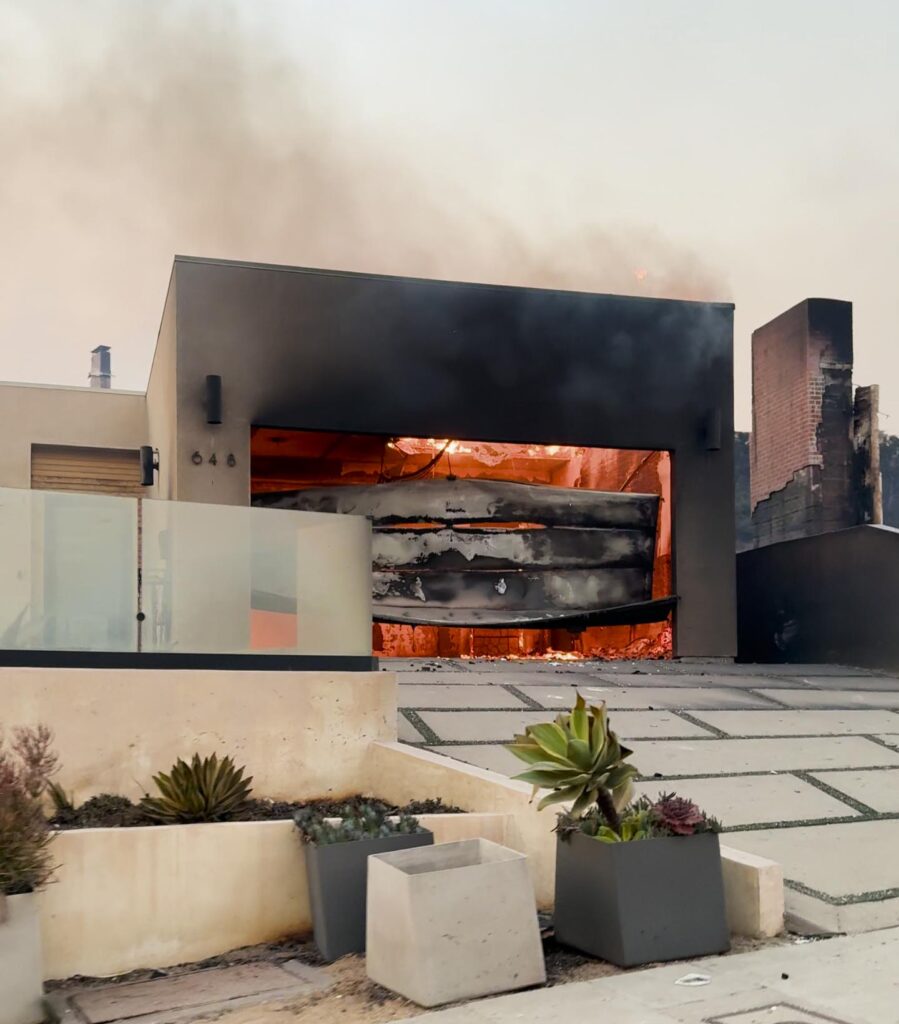Solid Facts About the Current Palisades Real Estate Market
Several articles have recently been distributed that included some inaccuracies in the information and conclusions reached. This is to clarify the nature of the current local market, the actual data as of April 2, and explain how some of it may be interpreted more accurately.
Because so few houses or condos have sold after the fire, nearly all of the activity in the Palisades has involved the listing and selling vacant lots. However, the same economic factors are involved in land sales as in home sales. Supply and demand will ultimately determine whether a market favors buyers or sellers and, therefore, help determine how to proceed in selling or purchasing property.
As many people know, a real estate market is generally considered a “seller’s market” when the number of properties on the market in that area would take five or fewer months to sell at the current sales rate. In the Palisades, for example, most of the period between 2015 and 2024 was characterized by an average of three to five months of inventory of single-family homes for sale. With a relatively greater number of people wanting to buy homes here than those willing to sell, prices tended to increase throughout almost that entire decade. In fact, in most cases, the value of homes had doubled up to the month before the massive fires.
When the inventory level in an area would take six or more months to sell at the rate of sales, it is usually classified as a “buyer’s market”. The last time that occurred in the Palisades was due to the savings and loan industry collapse in 2007, and prices fell steadily until 2010, when increasing demand finally stabilized prices in 2011-2013. The inventory level in the early part of that period grew to between 15-18 months in some neighborhoods. That meant that most people would have to wait a very long time to sell their homes, and the prices would be lower than anticipated.
We realize that it has been scarce for a vacant and readily buildable Palisades lot to be available since nearly all those sites had been built on by 2000. Now, suddenly, the tables have reversed. In just three months, the inventory has grown from several marginal or very costly sites to 116 lots for sale. Most of them have not even had phase II debris removal done.
When our team analyzes the Palisades every week, we include some properties that have long been considered part of this market, such as Sunset Mesa and Rustic Canyon. We also exclude a few very large acreages that were for sale long before the fire and a few odd parcels in inaccessible areas.
Here are some observable and current facts:
- At the current rate of both new escrows reported and actual sales that have closed, there is now a 29-month level of inventory with 116 vacant lots for sale.
- Sixteen percent of the active land listings as of April 2 have had price reductions.
We are often asked how it can be considered a “buyer’s market” when the average sales of lots have been higher than they were listed at, which would imply a market that favored sellers. The answer lies in looking carefully at 9 of the 12 lots that have sold so far.
Three were priced well below market value because the owners just wanted to sell them at whatever price the market would bear, resulting in many offers. Three lots sold above list price because they were larger than average size and included building plans for much larger homes than average. This was of premium value to buyers who wanted to benefit from the city’s allowing of “fast-tracking” the building permit process for anyone planning to build up to 110% of the previous size house on that lot. The other three were larger-sized lots in particular locations that the buyers sought.
It is true that the average price per square foot of land sold in the Palisades is $336, and the average price per square foot of listed land for sale is now $333. However, the full range of prices per square foot of sold land was $120-520 per foot. The range of lots for sale now is from about $175-1000 per foot!
So when an owner calls to verify if their property might sell for $2.5 million or more because they feel it is probably an average lot, it may be based on a generalization someone suggested. That is the average list price in the current market, but with the tremendous buildup of inventory, we can already see at least a 20-25% downward price movement.
The process of arriving at an effective and realistic listing price is still an evolving art, and after a few more months of experience, we will all better understand what it takes to succeed.
